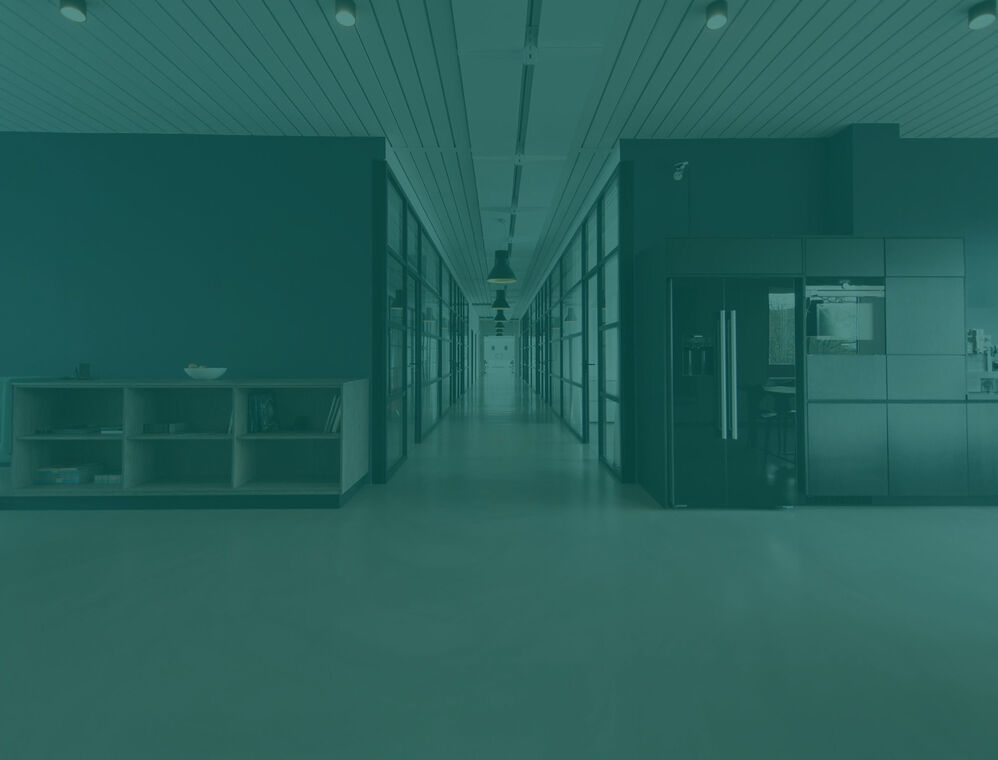Traditionally, Germany has a diverse association system. In the approximately 620,000 associations in the Federal Republic, 50 million people are active, almost all of them on a voluntary basis. According to the German Federal Association of Associations and Volunteers (Bundesverband der Vereine und des Ehrenamts e.V.), around 27.2 million people are members of a sports club and 22.8 million are involved in associations or charitable initiatives for cultural, social or political purposes. However, the association sector in particular has to contend with major challenges such as demographic change or digitization. In particular, the pandemic that often prevents direct meetings has reinforced digitization as an acute challenge. [1]
The article is largely based on a workshop we conducted on the topic of ‘Digitization in Associations’.
Figures and Facts

Expenditure on Digitization
According to a representative survey from 2018, associations in Germany spend an average of €32,000 per year on IT infrastructure and digitization. However, this figure is heavily skewed upward by very large and financially strong organizations. If, on the other hand, we look at the median expenditure, i.e., exactly the middle of the sample, we get a value of €1,000 of annual IT expenditure. Since these figures refer to the state before the start of the Covid pandemic, it can be assumed that these figures are currently significantly higher. [2]
Association types
In the aforementioned study, associations are reasonably divided into three types: ‘internals’, ‘intermediaries’ and ‘externals’. While internals provide services mainly for their own members (e.g. sports clubs), intermediaries provide services for third parties (e.g. charitable associations). Externals, on the other hand, largely engage in political advocacy and lobbying (e.g., environmental associations). The main tasks of the associations are mostly internal association work and external communication, whereby the focus is strongly dependent on the type of association. [2]
The most common Digital Tools
The following list shows a ranking of frequently used tools based on the survey: [2]
- Office applications (95 %)
- Electronic texts, e.g. pdf-files (50 %)
- Social Media (45 %)
- Graphic programs for images and videos (34 %)
- Cloud services (31 %)
- Chat services (24 %)
Other tools used include webinars and wikis. The percentages in parentheses indicate how many of the associations or non-governmental organizations (NGOs) surveyed used the respective tool in 2018. Multiple responses were of course possible. Due to the time that has passed since then and the pandemic situation, these values are very likely higher by now. [2]
The Digitization of Your Association

Determine inventory and demand
In order to drive the digitization of your clubs, it is first important to determine the inventory and the need for digital tools. Since there are different types of associations with diverse goals and different membership structures, not every tool is equally helpful for every association. In addition, it should be determined in this context whether solutions are already being used that offer interfaces to new solutions. It is important that digitization itself is seen as absolutely necessary to ensure the continued existence of the association! It is not only necessary to simplify internal processes, but also for active member recruitment and communication.
Example: The most important aspects at a glance
As an example, we would like to highlight what we consider to be the most important aspects and tools for internal club work and external communication. But as already mentioned, this may differ from your clubs.
- Files in the Cloud: Cloud storage is a central component of digitization and almost essential for digital association work. Far too often, documents are still sent back and forth between individual members by mail. Not only does this make it difficult to keep track of everything, but important files can also be lost, at the latest when the members concerned are no longer active in the association.
- Background and Administrative Work: Member databases, billing and finances, mail distribution lists or even registration forms – maintaining these processes takes time and effort. To minimize this internal administrative effort, there are a variety of different tools. To name just one example, Crater is a clear and easy-to-understand open source tool that gives you an overview of your club’s finances and offers, among other things, the possibility to send automated invoices.
- Internal Association Communication: Since most people are active in associations on a voluntary basis in their free time, the time capacities of individual members are often very limited, making communication difficult. It becomes even more difficult when the association exists on different levels (local, regional, national or even international) and no uniform tools are used within the association. In addition, task coordination is often neglected as part of communication. Diverse applications, such as group calendars, task management systems or survey functions, can help to better coordinate tasks internally.
- Website as a flagship: Despite the growing importance of social networks, the importance of the classic online presence in the form of the association’s own website as a flagship should not be underestimated. In addition to a modern and appealing look, the content should be regularly revised. It is problematic if outdated contributions signal inactivity on the part of the association. Traffic analyses can help to better adapt the content to the own target group and website visitors. In addition, contact options via e-mail and, if necessary, contact forms are essential. In addition, most website platforms offer a newsletter or forum integration.
- Social Media: Almost 80 % of Germans use social media. In addition to traditional services such as Facebook and Twitter, Whatsapp and YouTube are also considered social networks. These media have already become part of mainstream society. In addition to critical aspects that will not be discussed in detail here, social networks offer the opportunity to be in constant contact with members and interested parties, to advertise one’s own events and even to conduct online events directly on those platforms. Here, too, inactivity should be prevented by regular contributions. [3]
Can you think of any other important aspects? Then please contact us directly! We are looking forward to the exchange.
ViOffice & Open Source Software as a Solution

ViOffice Cloud Services
ViOffice offers a whole catalog of services to help you digitize your associations. To highlight one in particular: ViOffice Cloud Services. The standard scope of ViOffice Cloud Services includes in a clear and secure cloud platform not only storage space, but also chat and video communication features, a collaborative office suite for text, spreadsheet and presentation documents (Collabora Online), a task management system, a survey tool, groupware (calendar, mail client, etc.) and more. In addition, all our services are hosted with renewable energy in Germany. All documents stored on the ViOffice Cloud and all communications are secure and encrypted. Since the ViOffice Cloud is based on the open source software Nextcloud Hub, you can transparently verify our statements regarding functionality and data security at any time. We offer particularly favorable conditions for all our services for non-profit associations and initiatives, while at the same time providing full functionality.
ViOffice is a matter of the heart for us, with which we would like to enable all, especially non-profit associations, access to secure and functional services. Through our many years of activity in various associations, we can also be active in an advisory role and evaluate together with you how you can organize your association more digitally.
Open Source as a Solution
ViOffice offers exclusively open source software. Apart from ethical aspects, the use of open source software is ideal for the digital transformation – not only of associations! This is because the so-called “vendor lock-in” is circumvented, allowing a free choice of provider. If a certain feature is needed that we or alternative service providers do not ordinarily offer, the range of functions can be easily expanded and adapted to your needs through additional open source tools.
We are happy about any association that we can support in digital matters. If you have any questions or comments, please feel free to contact us!
Sources
[1] Bundesverband der Vereine und des Ehrenamtes e.V.: Vereine in Deutschland. Online unter: https://bundesverband.bvve.de/vereine-in-deutschland/. [German]
[2] Bertenrath, Roman/Bayer, Lena/Fritsch, Manuel/Lichtblau, Karl/Placke, Beate/Schmitz, Edgar/Schützdeller, Peter (2018): Digitalisierung in NGOs – Eine Vermessung des Digitalisierungsstands von NGOs in Deutschland. Online unter: https://www.iwconsult.de/fileadmin/user_upload/projekte/2018/Digital_Atlas/Digitalisierung_in_NGOs.pdf. [German]
3] Lewanczik, Niklas (2021): Studie – 66 Millionen Social Media User in Deutschland – mit durchschnittlich je 6 Accounts. Online unter: https://onlinemarketing.de/cases/66-millionen-social-media-user-in-deutschland. [German]
Pascal founded ViOffice together with Jan in the fall of 2020. He mainly takes care of marketing, finance and sales. After his degrees in political science, economics and applied statistics, he continues to work in scientific research. With ViOffice, he wants to provide access to secure software from Europe for everyone and especially support non-profit associations in their digitalization.


